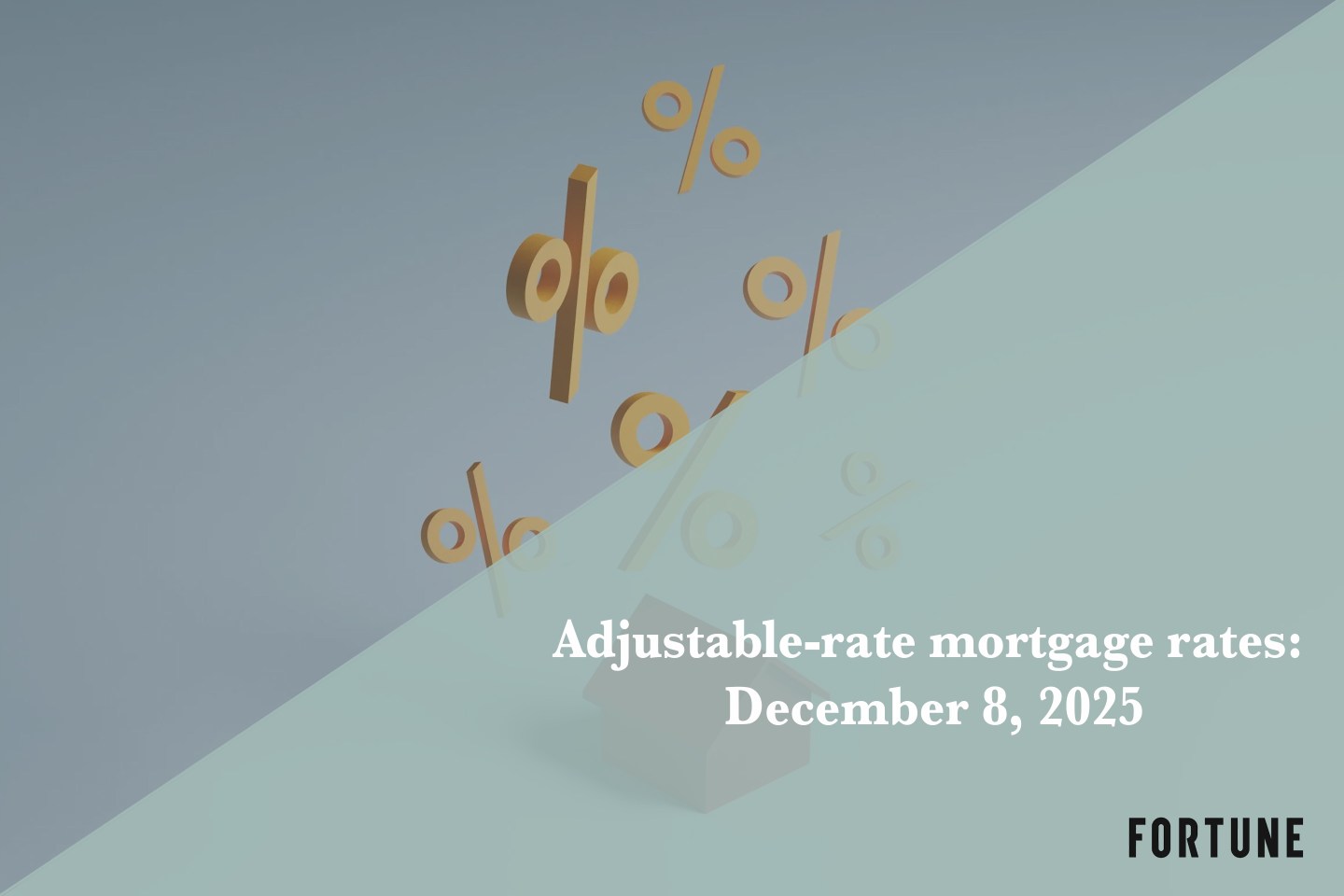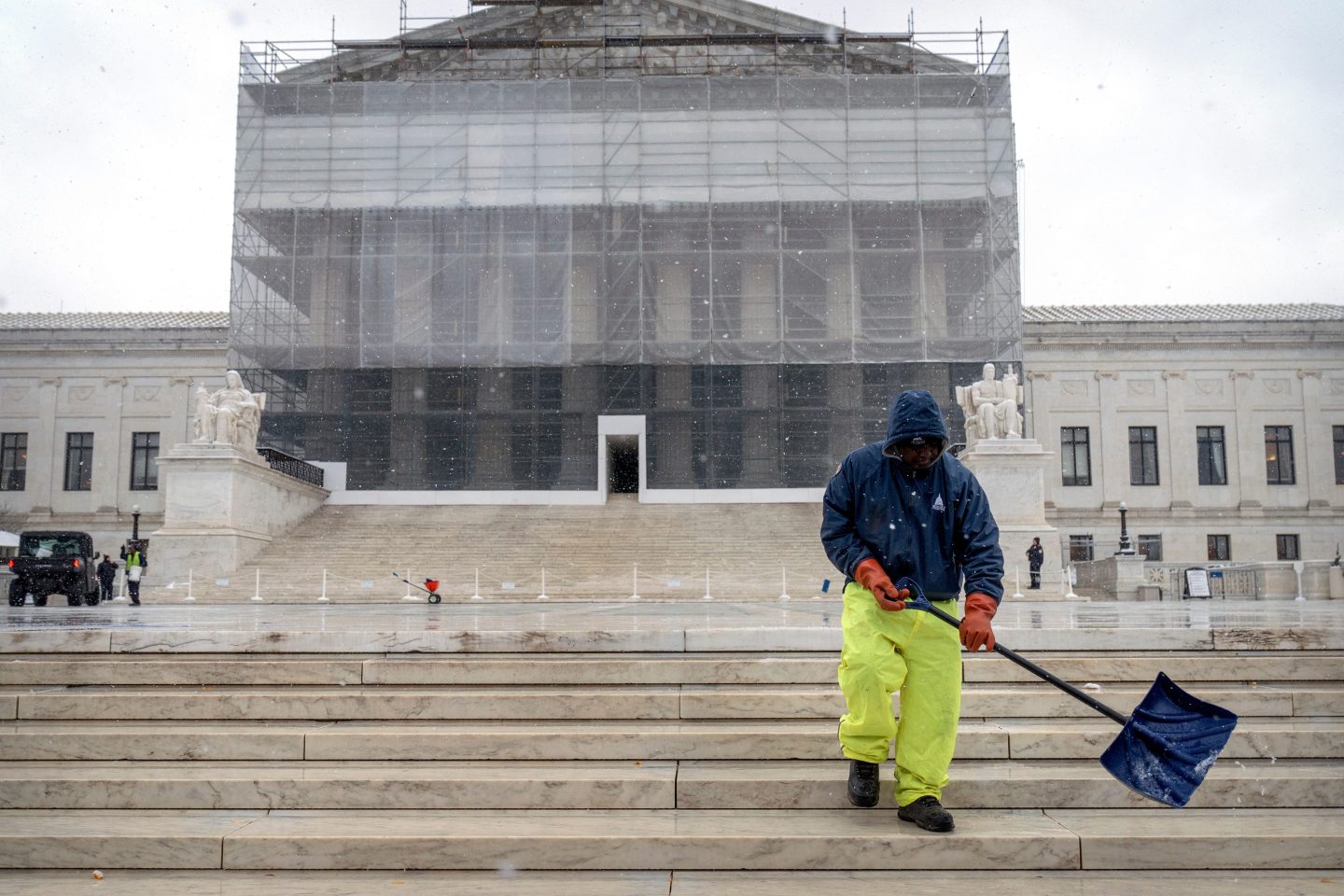
FORTUNE — On Wall Street, some investors trying to avoid higher interest rates were probably hoping the Labor Department would deliver bad news as they figure out what the Federal Reserve might do next. Whether or not they got their wish Friday will depend how the central bank will interpret the latest monthly jobs report.
The report was mixed. The U.S. economy created 169,000 jobs in August, the Labor Department reported. While that’s not a disaster, it’s slightly less than the 175,000 expected for the month and lower than the average 192,000 jobs a month created so far this year. The unemployment rate dipped a bit to 7.3% from 7.4% the previous month.
A lot of attention will be paid to the latest figures — it’s the last piece of data before the Fed’s policy-making committee meets on Sept. 17 to decide whether to slow the pace of its assets purchases of $85 billion a month. Called quantitative easing, the bond-buying program was meant to help drive down long-term interest rates and encourage everyone from businesses to consumers to borrow more. The latest round of quantitative easing has gone on for about a year, but Fed Chairman Bernanke has suggested the central bank could ‘taper,’ or slow down the program if it sees a “substantial improvement” in the outlook for the labor market.
MORE:A U.S. manufacturing comeback won’t rebuild the middle class
The Fed is deliberately vague and hasn’t given much more detail as to what “substantial improvement” looks like. If the central bank thinks the August jobs report suffices or is as good as it gets, officials could announce later this month it will slow down the bond-buying program. The Fed could also hold off on any move (again) until the panel’s remaining meetings this year in October and December.
However the central bank interprets the latest jobs report, it’s hard for countless Americans to call today’s labor market a “substantial improvement.” After all, the unemployment rate is essentially declining for all the wrong reasons. The share of working-age Americans who were either working or looking for work fell to 63.2% — the lowest level since 1978 when women were less likely to work. If that’s a recovery, it’s also certainly a recovery with way fewer workers – a portion of which are aging out of the workforce, but also a significant share giving up their job search.
If the Fed views today’s job market as a “substantial improvement,” that would mean improvement in the most conservative sense. Companies and governments aren’t shedding nearly as many jobs during the dark days of the Great Recession, but they are also creating just enough jobs to keep up with population growth. Nothing more.
What the Fed might do next may be on the minds of investors, but for the rest of America it sets a certain standard for what can be called a decent job market.











